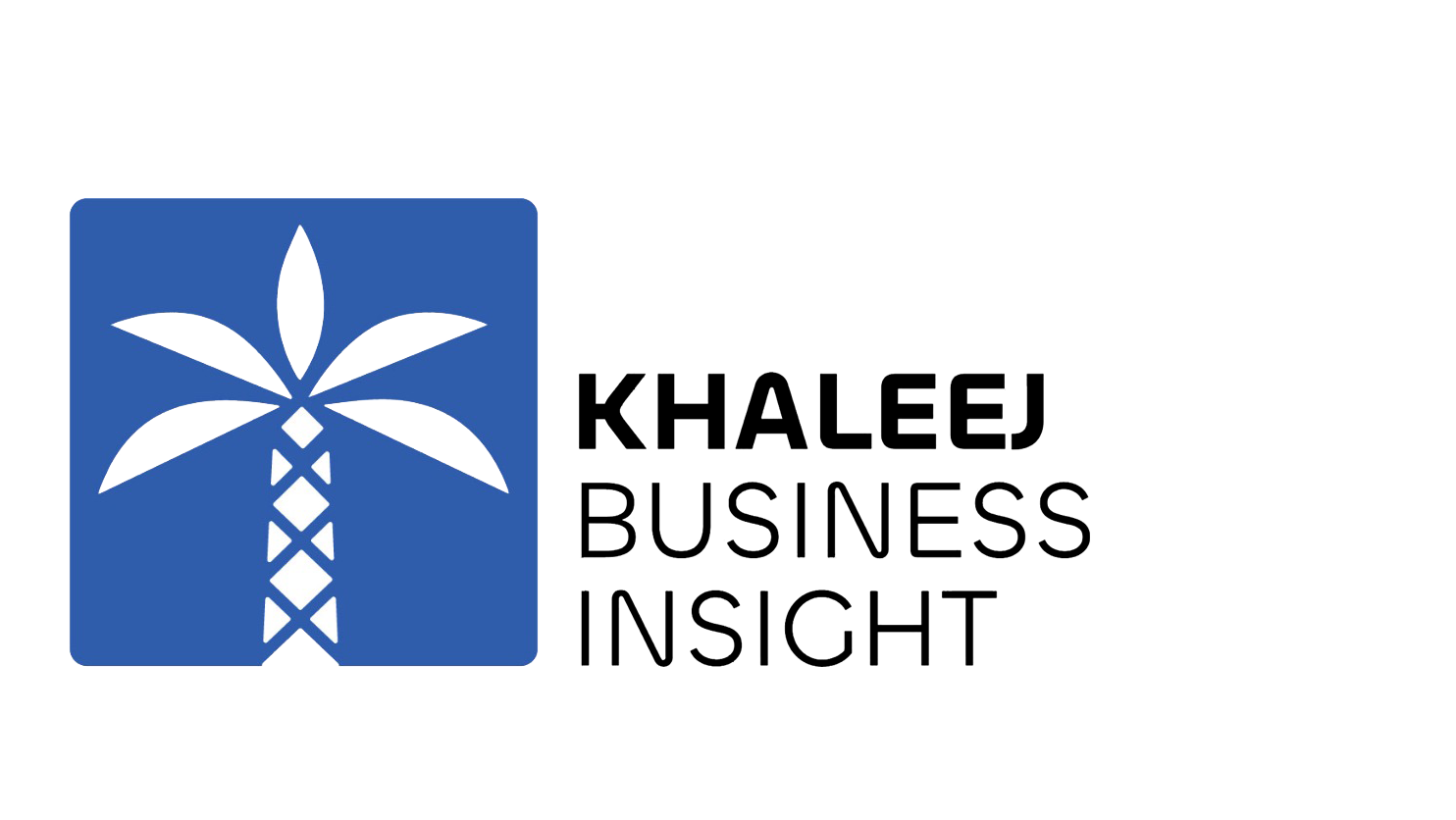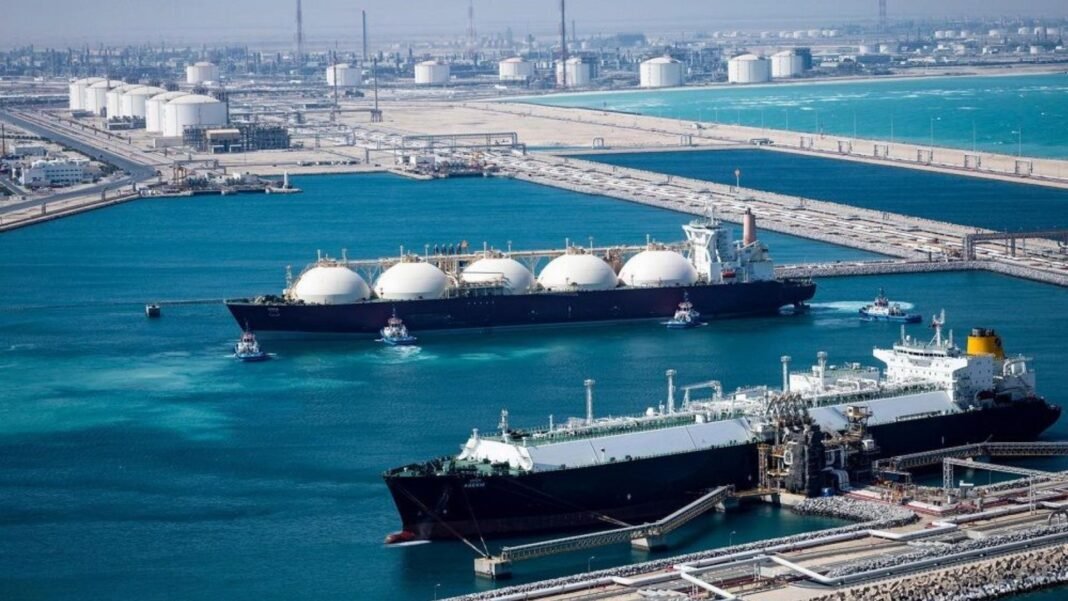Qatari banks will accelerate growth as the country’s diversification plans and LNG expansion boost credit demand. Analysts highlighted that rising activity in tourism, sports, and business exhibitions will drive lending opportunities in 2025 and 2026.
According to Moody’s Ratings, non-hydrocarbon GDP is projected to grow 3.5 percent annually in both years. This projection marks an improvement from the 3.4 percent recorded in 2024. The agency said that banks will benefit from higher credit demand in new sectors of the economy.
Francesca Paolino, Assistant Vice President at Moody’s Ratings, explained that lenders play a vital role in financing diversification. She noted that most lending supports non-hydrocarbon industries, reinforcing banks’ relevance in Qatar’s growth strategy.
Analysts forecast private-sector credit to rise 6 percent in 2025, up from 4 percent last year.. Much of the demand will come from projects tied to LNG, large-scale events, and tourism investments. This outlook supports steady balance-sheet expansion for the sector.
However, profitability pressures remain a concern. Aggregate operating income climbed 5 percent in the first half of 2025. Yet, rising expenses and higher loan-loss provisions limited net profit growth to only 1 percent year-on-year.
Paolino stated that fee-based income should offset weaker interest income as rate cuts compress margins. Nonetheless, she warned that elevated provisioning for real estate and contracting will weigh on results. Operating expenses from technology upgrades and digital banking will also challenge profitability.
Loan interest rates may decline faster than funding costs later this year. Even so, banks’ short-term funding and government-backed lending portfolios offer some protection. Lending to public-sector entities and personal loans to nationals continue to support asset quality.
Industry experts stressed that LNG expansion and diversification remain key catalysts for Qatari bank growth. They added that ongoing investments in risk management and technology will enhance competitiveness.
Overall, strong macroeconomic fundamentals and government backing give banks a solid platform. While cyclical headwinds persist, Qatar’s financial sector is well placed to capture rising demand and sustain long-term growth.





